Far from Apple’s troubles in emerging markets and China, the company is attracting the ire of what should really be a core supporter demographic naturally aligned with the pro-privacy stance CEO Tim Cook has made into his public soapbox in recent years — but which is instead crying foul over perceived hypocrisy.
The problem for this subset of otherwise loyal European iPhone users is that Apple isn’t offering enough privacy.
These users want more choice over key elements such as the search engine that can be set as the default in Safari on iOS (Apple currently offers four choices: Google, Yahoo, Bing and DuckDuckGo, all U.S. search engines; and with ad tech giant Google set as the default).
It is also being called out over other default settings that undermine its claims to follow a privacy by design philosophy. Such as the iOS location services setting which, once enabled, non-transparently flip an associated sub-menu of settings — including location-based Apple ads. Yet bundled consent is never the same as informed consent…
As the saying goes you can’t please all of the people all of the time. But the new normal of a saturated smartphone market is imposing new pressures that will require a reconfiguration of approach.
Certainly the challenges of revenue growth and user retention are only going to step up from here on in. So keeping an otherwise loyal base of users happy and — crucially — feeling listened to and well served is going to be more and more important for the tech giant as the back and forth business of services becomes, well, essential to its fortunes going forward.
(At least barring some miracle new piece of Apple hardware — yet to be unboxed but which somehow rekindles smartphone-level demand afresh. That’s highly unlikely in any medium term timeframe given how versatile and capable the smartphone remains; ergo Apple’s greatest success is now Apple’s biggest challenge.)
With smartphone hardware replacement cycles slowing, the pressure on Cook to accelerate services revenue naturally steps up — which could in turn increase pressure on the core principles Cupertino likes to flash around.
Yet without principles there can be no brand premium for Apple to command. So that way ruin absolutely lies.
Control shift
It’s true that controlling the iOS experience by applying certain limits to deliver mainstream consumer friendly hardware served Apple well for years. But it’s also true iOS has grown in complexity over time having dropped some of its control freakery.
Elements that were previously locked down have been opened up — like the keyboard, for instance, allowing for third party keyboard apps to be installed by users that wish to rethink how they type.
This shift means the imposed limit on which search engines users can choose to set as an iOS default looks increasingly hard for Apple to justify from a user experience point of view.
Though of course from a business PoV Apple benefits by being able to charge Google a large sum of money to remain in the plum search default spot. (Reportedly a very large sum, though claims that the 2018 figure was $9BN have not been confirmed. Unsurprisingly neither party wants to talk about the terms of the transaction.)
The problem for Apple is that indirectly benefiting from Google eroding the user privacy it claims to champion — by letting the ad tech giant pay it to suck up iOS users’ search queries by default — is hardly consistent messaging.
Not when privacy is increasingly central to the premium the Apple brand commands.
Cook has also made a point of strongly and publicly attacking the ‘data industrial complex‘. Yet without mentioning the inconvenient side-note that Apple also engages in trading user data for profit in some instances, albeit indirectly.
In 2017 Apple switched from using Bing to Google for Siri web search results. So even as it has stepped up its rhetoric around user privacy it has deepened its business relationship with one of the Western Internet’s primary data suckers.
All of which makes for a very easy charge of hypocrisy.
Of course Apple offers iOS users a non-tracking search engine choice, DuckDuckGo, as an alternative choice — and has done so since 2014’s iOS 8.
Its support for a growing but still very niche product in what are mainstream consumer devices is an example of Apple being true to its word and actively championing privacy.
The presence of the DDG startup alongside three data-mining tech giants has allowed those ‘in the know’ iOS users to flip the bird at Google for years, meaning Apple has kept privacy conscious consumers buying its products (if not fully on side with all its business choices).
But that sort of compromise position looks increasingly difficult for Apple to defend.
Not if it wants privacy to be the clear blue water that differentiates its brand in an era of increasingly cut-throat and cut-price Android -powered smartphone competition that’s serving up much the same features at a lower up-front price thanks to all the embedded data-suckers.
There is also the not-so-small matter of the inflating $1,000+ price-tags on Apple’s top-of-the-range iPhones. $1,000+ for a smartphone that isn’t selling your data by default might still sound very pricy but at least you’d be getting something more than just shiny glass for all those extra dollars. But the iPhone isn’t actually that phone. Not by default.
Apple may be taking a view that the most privacy sensitive iPhone users are effectively a captive market with little option but to buy iOS hardware, given the Google-flavored Android competition. Which is true but also wouldn’t bode well for the chances of Apple upselling more services to these people to drive replacement revenue in a saturated smartphone market.
Offending those consumers who otherwise could be your very best, most committed and bought in users seems short-sighted and short-termist to say the least.
Although removing Google as the default search provider in markets where it dominates would obviously go massively against the mainstream grain that Apple’s business exists to serve.
This logic says Google is in the default position because, for most Internet users, Google search remains their default.
Indeed, Cook rolled out this exact line late last year when asked to defend the arrangement in an interview with Axios on HBO — saying: “I think their search engine is the best.”
He also flagged various pro-privacy features Apple has baked into its software in recent years, such as private browsing mode and smart tracker prevention, which he said work against the data suckers.
Albeit, that’s a bit like saying you’ve scattered a few garlic cloves around the house after inviting the thirsty vampire inside. And Cook readily admitted the arrangement isn’t “perfect”.
Clearly it’s a trade off. But Apple benefitting financially is what makes this particular trade-off whiff.
It implies Apple does indeed have an eye on quarterly balance sheets, and the increasingly important services line item specifically, in continuing this imperfect but lucrative arrangement — rather than taking a longer term view as the company purports to, per Cook’s letter to shareholders this week; in which he wrote: “We manage Apple for the long term, and Apple has always used periods of adversity to re-examine our approach, to take advantage of our culture of flexibility, adaptability and creativity, and to emerge better as a result.”
If Google’s search product is the best and Apple wants to take the moral high ground over privacy by decrying the surveillance industrial complex it could maintain the default arrangement in service to its mainstream base but donate Google’s billions to consumer and digital rights groups that fight to uphold and strengthen the privacy laws that people-profiling ad tech giants are butting hard against.
Apple’s shareholders might not like that medicine, though.
More palatable for investors would be for Apple to offer a broader choice of alternative search engines, thereby widening the playing field and opening up to more pro-privacy Google alternatives.
It could also design this choice in a way that flags up the trade-off to its millions of users. Such as, during device set-up, proactively asking users whether they want to keep their Internet searches private by default or use Google?
When put like that rather more people than you imagine might choose not to opt for Google to be their search default.
Non-tracking search engine DDG has been growing steadily for years, for example, hitting 30M daily searches last fall — with year-on-year growth of ~50%.
Given the terms of the Apple-Google arrangement sit under an NDA (as indeed all these arrangements do; DDG told us it couldn’t share any details about its own arrangement with Apple, for e.g.) it’s not clear whether one of Google’s conditions requires there be a limit on how many other search engines iOS users can pick from.
But it’s at least a possibility that Google is paying Apple to limit how many rivals sit in the list of competitors iOS users can pick out an alternative default. (It has, after all, recently been spanked in Europe for anti-competitive contractual limits imposed on Android OEMs to limit their ability to use alternatives to Google products, including search. So you could say Google has history where search is concerned.)
Equally, should Google actually relaunch a search product in China — as it’s controversially been toying with doing — it’s likely the company would push Apple to give it the default slot there too.
Though Apple would have more reason to push back, given Google would likely remain a minnow in that market. (Apple currently defaults to local search giant Baidu for iOS users in China.)
So even the current picture around search on iOS is a little more fuzzy than Cook likes to make out.
Local flavor
China is an interesting case, because if you look at Apple’s growth challenges in that market you could come to a very different conclusion vis-a-vis the power of privacy as a brand premium.
In China it’s convenience, via the do-it-all ‘Swiss army knife’ WeChat platform, that’s apparently the driving consumer force — and now also a headwind for Apple’s business there.
At the same time, the idea of users in the market having any kind of privacy online — when Internet surveillance has been imposed and ‘normalized’ by the state — is essentially impossible to imagine.
Yet Apple continues doing business in China, netting it further charges of hypocrisy.
Its revised guidance this week merely spotlights how important China and emerging markets are to its business fortunes. A principled pull-out hardly looks to be on the cards.
All of which underscores growing emerging market pressures on Apple that might push harder against its stated principles. What price privacy indeed?
It’s clear that carving out growth in a saturated smartphone market is going to be an increasingly tricky business for all players, with the risk of fresh trade-offs and pitfalls looming especially for Apple.
Negotiating this terrain certainly demands a fresh approach, as Cook implies is on his mind, per the shareholder letter.
Arguably the new normal may also call for an increasingly localized approach as a way to differentiate in a saturated and samey smartphone market.
The old Apple ‘one-sized fits all’ philosophy is already very outdated for some users and risks being caught flat-footed on a growing number of fronts — be that if your measure is software ‘innovation’ or a principled position on privacy.
An arbitrary limit on the choice of search engine your users can pick seems a telling example. Why not offer iOS users a free choice?
Or are Google’s billions really standing in the way of that?
It’s certainly an odd situation that iPhone owners in France, say, can pick from a wide range of keyboard apps — from mainstream names to superficial bling-focused glitter and/or neon LED keyboard skins or indeed emoji and GIF-obsessed keyboards — but if they want to use locally developed pro-privacy search engine Qwant on their phone’s native browser they have to tediously surf to the company’s webpage every time they want to look something up.
Google search might be the best for a median average ‘global’ (excluding China) iOS user but in an age of increasingly self-focused and self-centred technology, with ever more demanding consumers, there’s really no argument against letting people who want to choose for themselves.
In Europe there’s also the updated data protection framework, GDPR, to consider. Which may yet rework some mainstream ad tech business models.
On this front Qwant questions how even non-tracking rival DDG can protect users’ searches from government surveillance given its use of AWS cloud hosting and the U.S. Cloud Act. (Though, responding to a discussion thread about the issue on Github two years ago, DDG’s founder noted it has servers around the world, writing: “If you are in Europe you will be connected to our European servers.” He also reiterated that DDG does not collect any personal data from users — thereby limiting what could be extracted from AWS via the Act.)
Asked what reception it’s had when asking about getting its search engine on the Safari iOS list, Qwant told us the line that’s been (indirectly) fed back to it is “we are too European according to Apple”. (Apple declined to comment on the search choices it offers iOS users.)
“I have to work a lot to be more American,” Qwant co-founder and CEO Eric Leandri told us, summing up the smoke signals coming out of Cupertino.
“I understand that Apple wants to give the same kind of experience to their customers… but I would say that if I was Apple now, based on the politics that I want to follow — about protecting the privacy of customers — I think it would be great to start thinking about Europe as a market where people have a different point of view on their data,” he continued.
“Apple has done a lot of work to, for example, not let applications give data to each by a very strict [anti-tracking policy]; Apple has done a lot of work to guarantee that cookies and tracking is super difficult on iOS; and now the last problem of Apple is Google search.”
“So I hope that Apple will look at our proposal in a different way — not just one-fits-all. Because we don’t think that one-fits-all today,” he added.
Qwant too, then, is hoping for a better Apple to emerge as a result of a little market adversity.


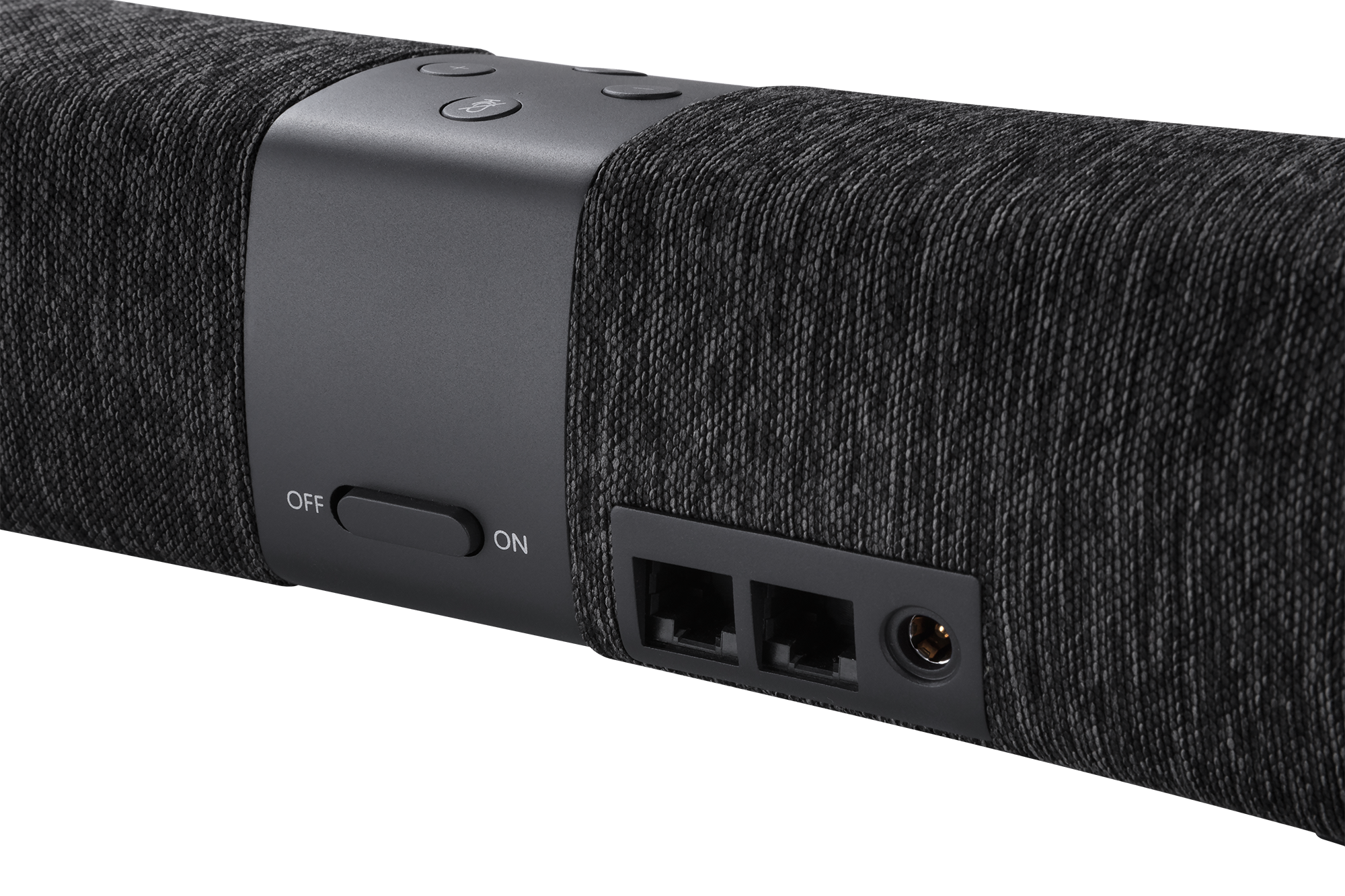
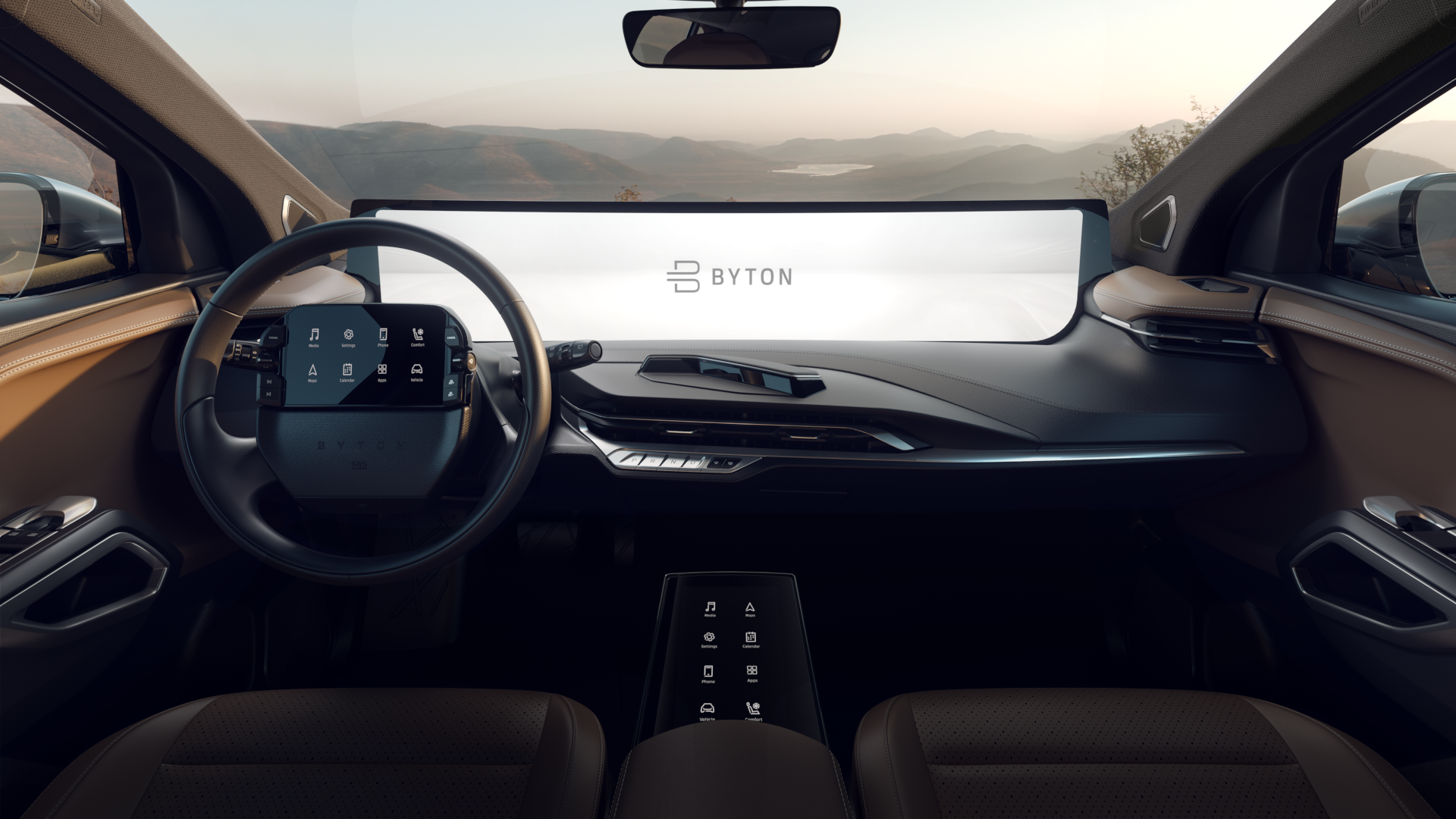
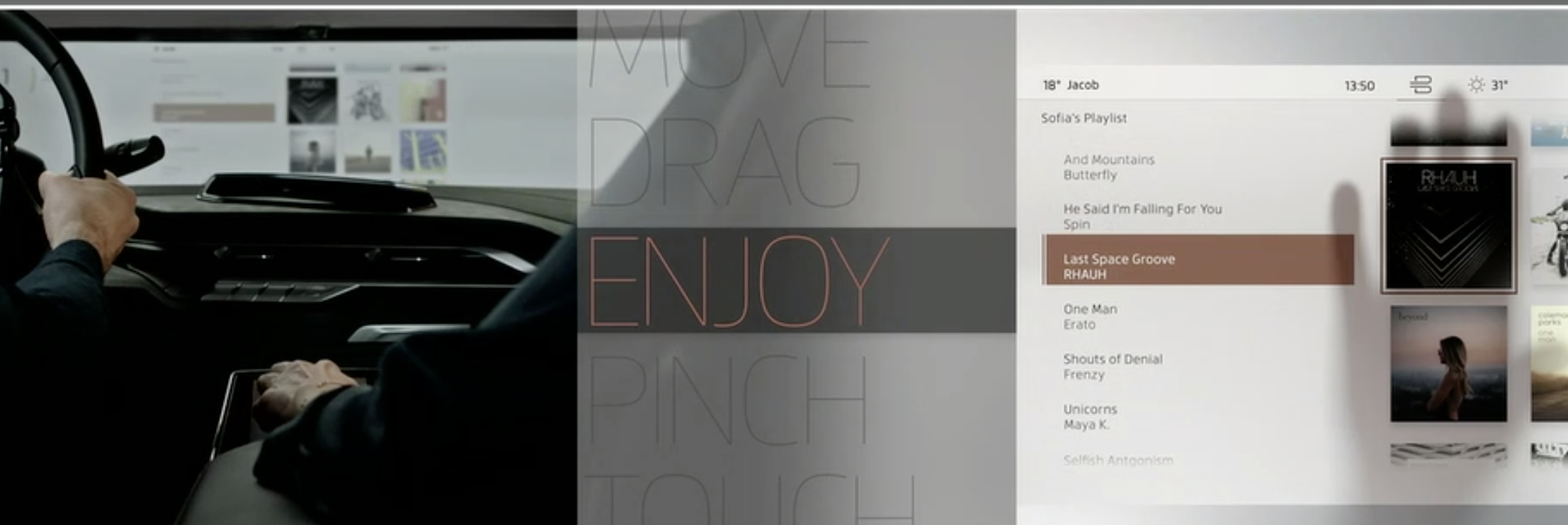
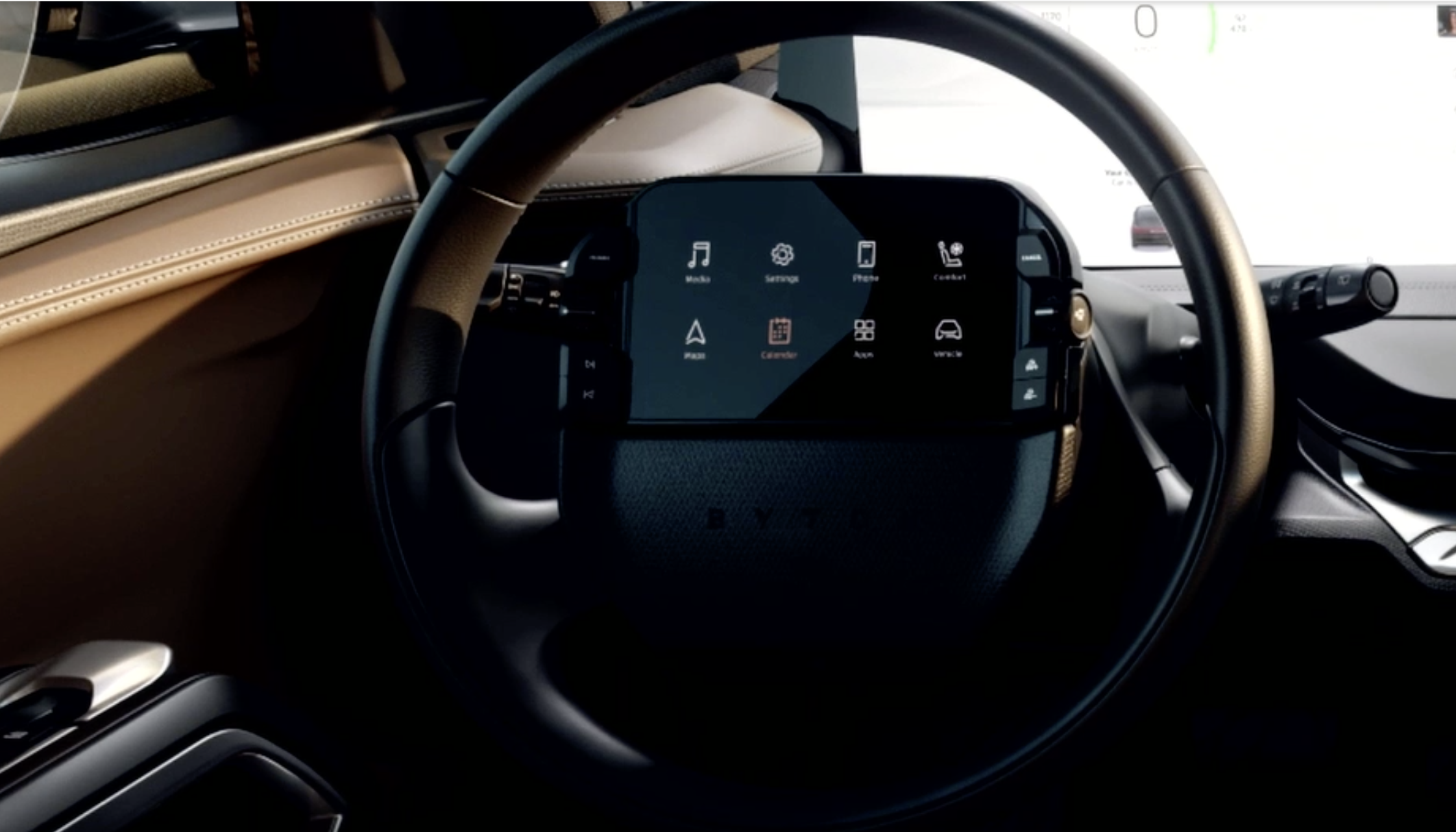
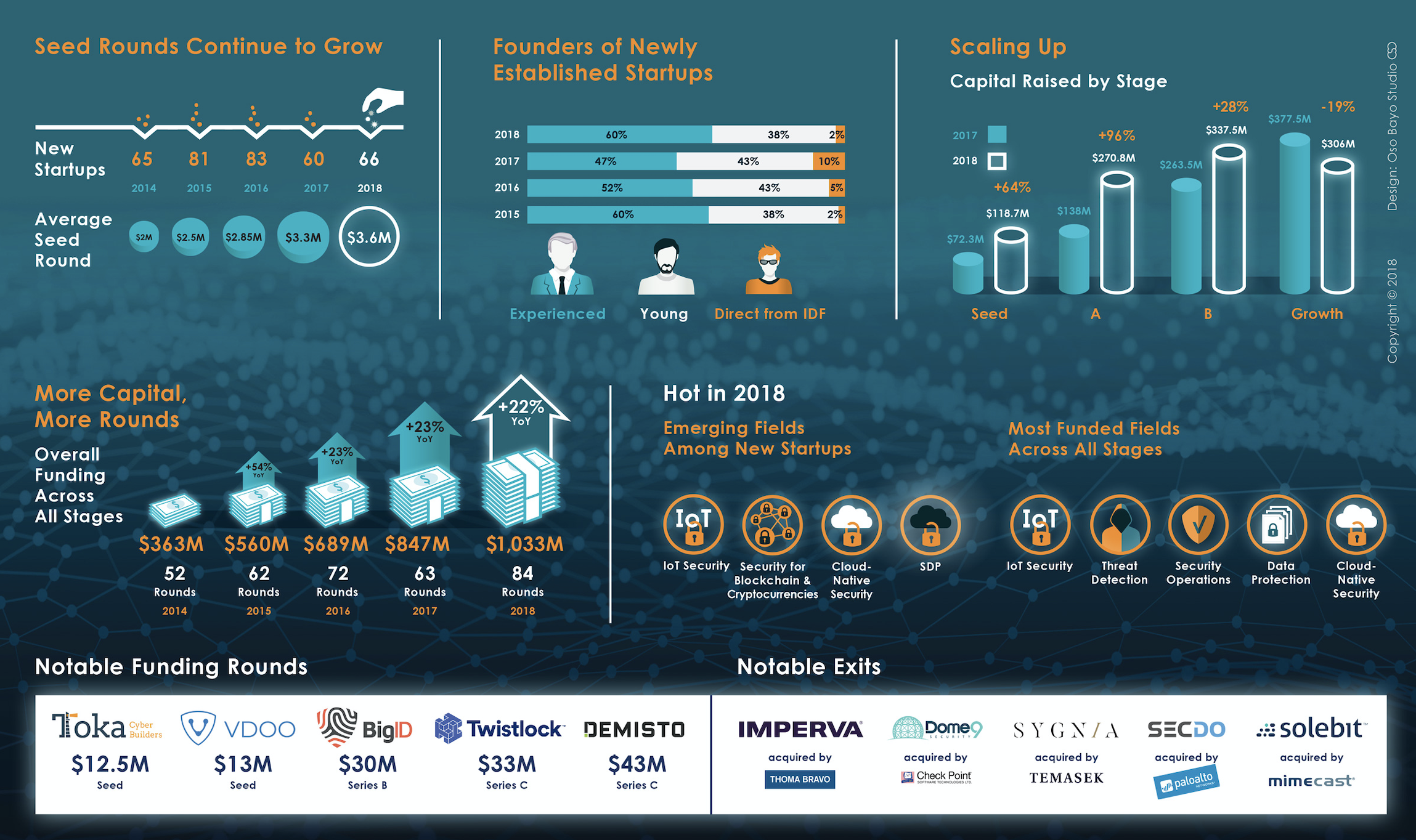
 that includes using YOUR location to support APPLE’s advertising business interests & $$$. By ‘enabling location based services’ you give your consent to this
that includes using YOUR location to support APPLE’s advertising business interests & $$$. By ‘enabling location based services’ you give your consent to this